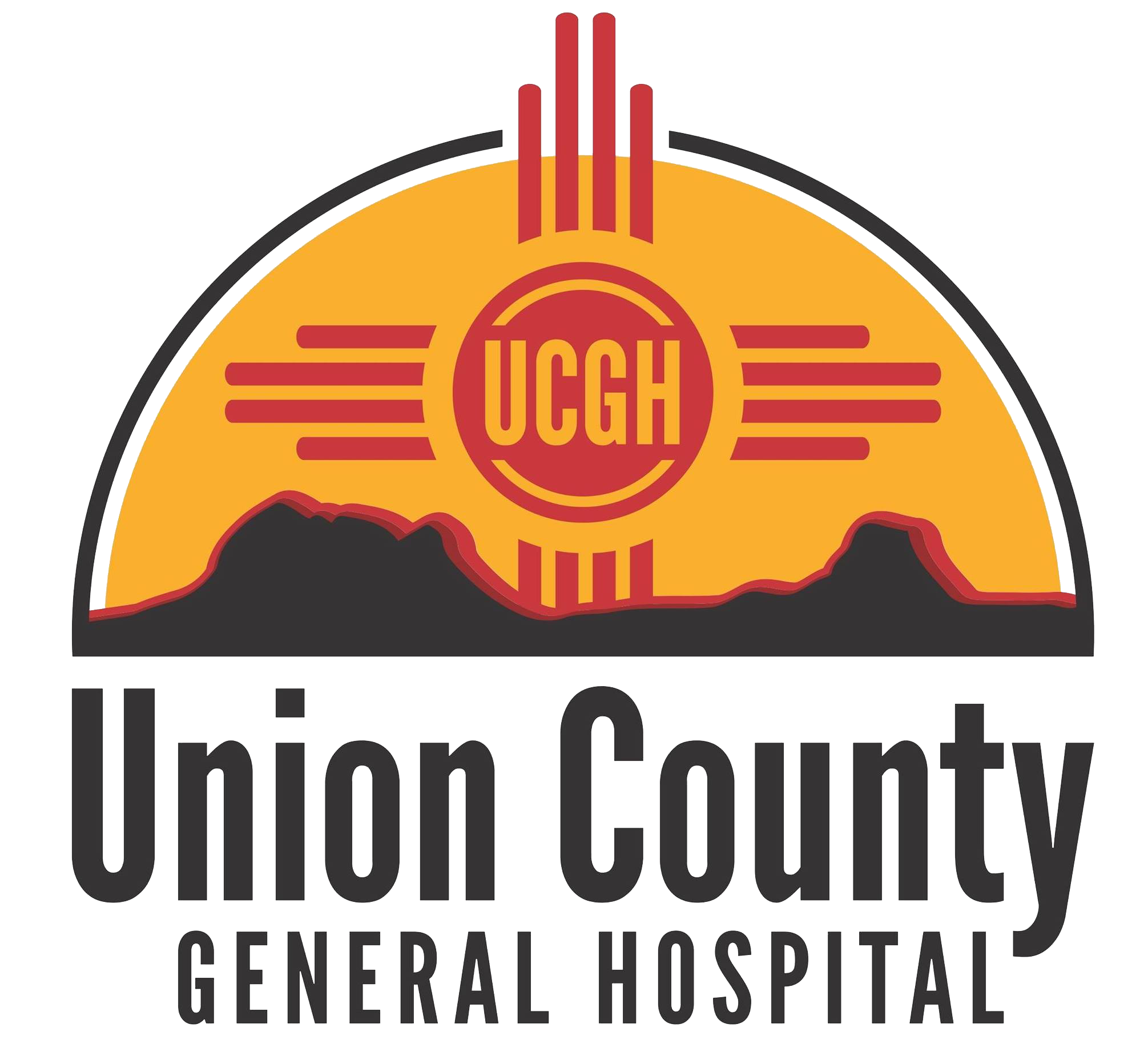Union County General Hospital Trauma Center
UCGH received designation from the New Mexico Department of Health as a Level IV Trauma Center in July of 2015.
A trauma center provides specialized medical services and resources to patients suffering from traumatic injuries.
The UCGH Trauma Center is staffed 24 hours a day, 7 days a week with a team that is specially trained and qualified to attend traumatic injuries.
Although surgeons are not present at all times, they are on-call; advance notice of injuries is advised.

What IS a Traumatic Injury?
Trauma is two-fold. A traumatic injury involves severe damage to the body, but also carries a psychological element, causing harm to a person in terms of their mental ability to cope with the injury. However, in terms of trauma treatment, the most pressing consideration has to do with protecting life and limb.
Traumatic injuries often occur as a result of:
- auto accidents
- community violence such as an assault, shooting, or burglary
- domestic and dating violence
- physical or sexual abuse
- natural disasters like tornados, fires, or earthquakes
When someone has been injured in such events, the Trauma Center at UCGH can help.
What is the Purpose of a Trauma Center?
The time from injury to highly specialized trauma hospital care is critical in saving lives and decreasing disabilities. Trauma centers provide the level of care that can make the difference between life and death.
The purpose of a trauma center is to provide immediate care when traumatic injuries threaten life. Because no one can predict when a traumatic event will occur, a trauma center must be ready at all times. This means that the staff of a trauma center must be specially trained to care for those entering its care.
Because Trauma Centers must be able to provide immediate, comprehensive, and highly specialized care 24 hours per day, 7 days per week, 365 days per year, there must be appropriate staff on hand at all times.
What Does it Mean that UCGH is a Level IV Trauma Center?
When patients arrive who are suffering multi-system, severe, potentially life-threatening or disabling injuries, the Trauma Center staff immediately begin life-saving measures.
Different hospitals will see different levels of patients with traumatic injuries. Staffing and other considerations will determine the level of the center and dictate how they will meet the needs of various patients.
Being a Level IV Trauma Center means that the staff at UCGH will:
- Provide an initial evaluation of injured patients.
- Have 24-hour emergency care attended by a mid-level provider or physician.
- Maintain Advanced Trauma Life Support® certification.
- Maintain continuous resuscitation services.
- Maintain continuing, annual medical education related to trauma.
- Have a plan of transfer in place should the patient need specialized treatment.
- Regularly review and revise the transfer and collaborative treatment guidelines.
- Participate in trauma system meetings, both regional and state.
- Provide local trauma training for various providers.
- Have trauma team ready upon patient arrival with adequate notification.
- The Trauma Center must participate in disaster management plans for the region including directing exercises.
The UCGH Trauma Center is Here When You Need Us
Once an ambulance has been dispatched, the drivers will notify the staff they are on the way with a life-threatening injury.
If no ambulance is used, it is strongly advised that someone phone ahead to alert the staff. Although not vital, for the staff remains ready at all times, this small, simple step can help them better prepare for what is coming and could make a difference.
In short, the Trauma Center at UCGH is here to help when life takes a wrong turn. We are always at the ready to take the necessary measures to protect the life of anyone involved in a traumatic injury.
Find Us
Located in Clayton, New Mexico, Union County General Hospital (UCGH) also proudly serves the communities of Texline and Dalhart, Texas, Boise City, Oklahoma, Des Moines, Raton, and Amistad, NM, and many smaller communities in the region.
